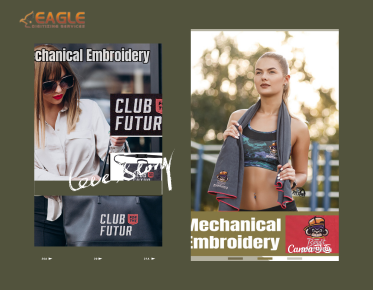Understanding Vector to Raster Gigs: A Comprehensive Guide
In the world of digital design, the terms "vector" and "raster" are frequently encountered, each representing a distinct type of graphic format. But what exactly are vector to raster gigs, and why are they significant in the design industry? This blog delves into the intricacies of these formats, their applications, and the services surrounding them. For those interested in exploring vector images further, you can find more information here.
What Are Vector Graphics?
Vector graphics are images created using mathematical formulas to define shapes such as lines, curves, and polygons. Unlike raster images, which are made up of pixels, vector graphics are resolution-independent, meaning they can be scaled to any size without losing quality. This makes them ideal for logos, illustrations, and any design work that requires scalability.
Advantages of Vector Graphics
The primary advantage of vector graphics is their scalability. Because they are not made up of pixels, they can be resized without any loss of quality. This is particularly useful for creating logos and other designs that need to be used in various sizes and formats. Additionally, vector files are typically smaller in size compared to raster files, making them easier to store and share.
Understanding Raster Graphics
Raster graphics, on the other hand, are composed of pixels. Each pixel has a specific color value, and together they form an image. Common raster formats include JPEG, PNG, and GIF. While raster images are excellent for detailed and complex images like photographs, they do not scale well. Enlarging a raster image can result in a loss of quality, often referred to as pixelation.
When to Use Raster Graphics
Raster graphics are best used for images with complex color variations and details, such as photographs. They are also suitable for web graphics, where images are typically displayed at a fixed size. However, for projects that require resizing, vector graphics are the better choice.
The Process of Vector to Raster Conversion
Converting vector graphics to raster format is a common task in the design industry, often necessary for compatibility with certain software or for specific printing requirements. This process involves rendering the vector shapes into a grid of pixels, creating a raster image. The quality of the resulting image depends on the resolution set during the conversion process.
Why Convert Vector to Raster?
There are several reasons why one might need to convert vector graphics to raster format. Some software applications or printing processes may only support raster images. Additionally, raster images are often required for web use, as they are more compatible with various browsers and devices.
Vector to Raster Gigs: Services and Solutions
Vector to raster gigs refer to the services offered by professionals who specialize in converting vector graphics to raster format. These services are essential for businesses and individuals who need high-quality raster images for their projects. Professional conversion ensures that the resulting raster images maintain the integrity and quality of the original vector designs.
Choosing the Right Service Provider
When selecting a vector to raster conversion service, it's important to consider the provider's experience and expertise. Look for services that offer high-resolution conversions and have a track record of delivering quality results. Additionally, ensure that the service provider can handle the specific requirements of your project, whether it's for web use, printing, or other applications.
Future Trends in Vector and Raster Graphics
As technology continues to evolve, the tools and techniques for working with vector and raster graphics are also advancing. One emerging trend is the integration of artificial intelligence in graphic design, which can automate and enhance the conversion process. Additionally, the demand for high-quality graphics in virtual and augmented reality applications is driving innovation in both vector and raster technologies.
In conclusion, understanding the differences between vector and raster graphics, and knowing when and how to convert between the two, is crucial for anyone involved in digital design. Whether you're a professional designer or a business owner, leveraging the right graphic format can significantly impact the quality and effectiveness of your visual content. Eagle Digitizing excels in delivering professional vector art services, transforming creative visions into scalable designs.
.png)


